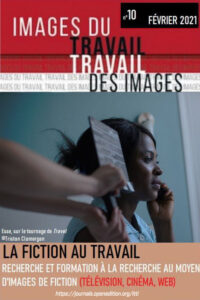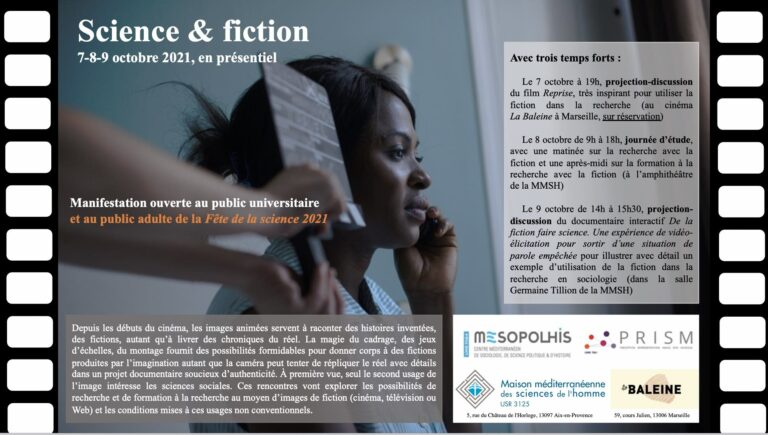Audiovisual archives and social sciences
Audiovisual archives and social sciences
When audiovisual resources produced in the past are preserved and made available to researchers, for example by the INA, the BNF or the CNC, they have the status of archives, making them sources for historical research. Some of them show parts of reality. Others offer glimpses of reality and shed light on the people who try to impose these selective representations as objective reality, and on their intentions in doing so. Audiovisual archives are also often richly topical: they are rebroadcast. Either in their entirety within a more or less explicit editorial framework, or in fragments within new cultural productions. These are all repertoires that may be of interest to the social sciences of the present in order to characterise the cultural forms that are being disseminated in society, the relationships with the past that emerge around the selection phenomena that are exercised in the available archives, and the reflections on people's social identities when they themselves engage in the re-use and relay of audiovisual content with their computer or smartphone, etc.
International research programme Archives-Médias-Images-Sociétés
L'international research program Archives-Médias-Images-Sociétés is a Franco-Brazilian programme supported by the CNRS (2020-2025). With contributions by P. Fournier on the production and circulation of images of the atomic bomb after 1945: a possible factor in acculturation to the perception of civil nuclear power (March 2022), and by P. Cesaro and P. Fournier on an activist archive remobilised in a political documentary (September 2022).


A reflection on the production and circulation of images of the atomic bomb of 1945 in art and information.
Pierre Fournier wonders whether this should be seen as a possible factor in the acculturation of civil nuclear perception, as an object that does not give rise to any political debate.
The road travelled
Other uses of audiovisual archives for research purposes include video congratulations : the use of moving images and sound to support interviews and get people to react.
Pascal Cesaro and Pierre Fournier used this system as part of the Nuclear power and local society (Nuxolo), using extracts from a 1960s television soap opera to evoke the working and living experience of nuclear workers in the area where the CEA is based at Cadarache (Bouches-du-Rhône).
Their work has led to a number of scientific publications and two audiovisual productions.
One of the distinctive features of this research is the use of fictional images in the video-elicitation device, raising the broader question of uses that can be made of fiction in research. Indeed, among the audiovisual productions that maintain a representational relationship with reality, does fiction occupy a special status? Do social science researchers have anything to say about fictional narratives when they are not analysing them? The Nuxolo research programme was an opportunity to explore this question and to move towards the coordination of an issue of the journal Images du travail/Travail des images devoted to "Fiction at work. Research and research training using fictional images (cinema, television or web)", published in February 2021.
The presentation of this issue at the MMSH provided the opportunity for Science & Fiction meetings in autumn 2021. They provided an opportunity to explore the virtues of using audiovisual fiction in the social sciences and other disciplines and to extend our thinking to publishing research using images.

